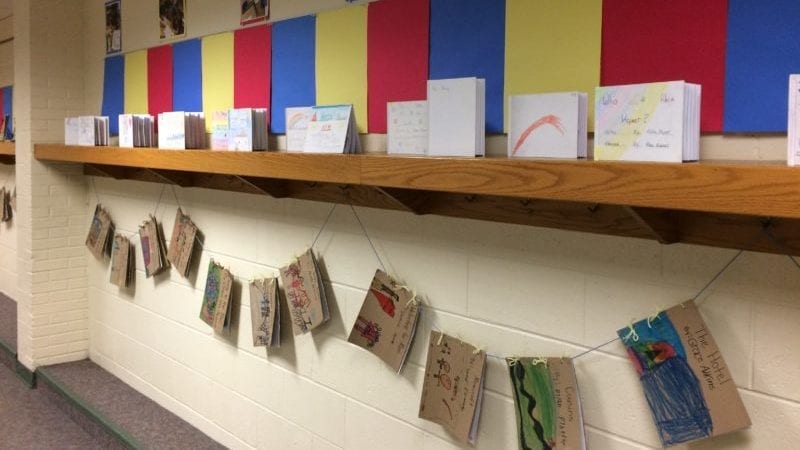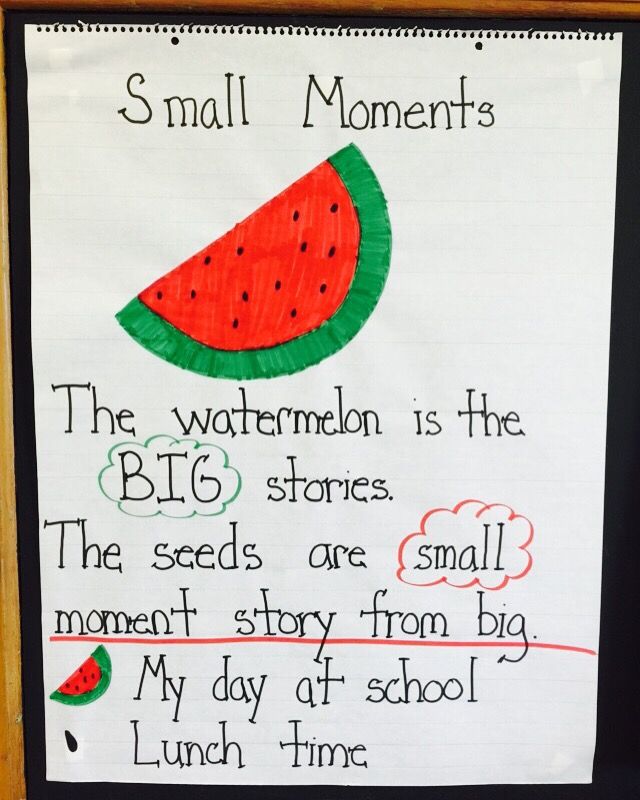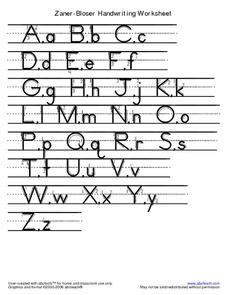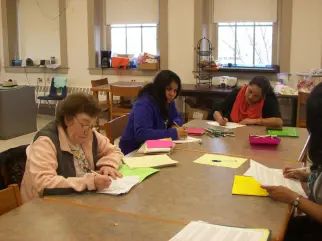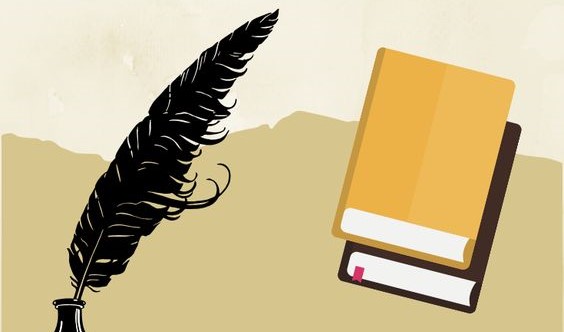Introduction
Looking for a unique, engaging, and eco-friendly writing idea to implement in your school? Look no further than the Cartonera Project! This collaborative project combines creativity, writing, and environmental awareness, transforming ordinary cardboard into works of art.
What is the Cartonera Project?
The Cartonera Project is a school-wide writing initiative that challenges students to create handmade books using discarded cardboard. Inspired by cartonera publishers in Latin America, these books showcase original student-written content overlaid on creatively decorated and repurposed cardboard.
How to Implement the Cartonera Project in Your School
1. Introduction and Awareness
Start by introducing the concept of the Cartonera Project to the entire school community. Explain why it’s essential to reuse materials and promote environmental sustainability. Involve teachers from different subjects to the project so that students can perceive connections between their work and other areas of study.
2. Collecting Cardboard
Encourage students and staff members to bring in used cardboard from home or local businesses. Recycling bins can be placed throughout the school to collect these materials for future use.
3. Writing Activities
Divide students into small groups and allow them to brainstorm ideas for their cartoneras. Stories can be fiction or non-fiction, poems or essays – anything that inspires them! Teachers can facilitate discussions about themes, character development, plot elements, or any aspect of the writing process.
4. Artistic Design
Once the written content is complete, students will decorate the cardboard covers of their cartoneras using paint, markers, collage materials, or other art supplies. Encourage creativity and self-expression as each piece should be a unique reflection of its creator.
5. Bookbinding
Teach students basic bookbinding techniques using affordable materials like twine or rubber bands so that they can easily assemble their cartoneras.
6. Sharing and Celebration
Host a school-wide event to showcase the finished cartoneras where students, teachers, and families can come together to read and celebrate their accomplishments. Consider partnering with a local library or bookstore to promote the cartoneras or even have an exhibit showcasing your students’ work.
Benefits of the Cartonera Project
The Cartonera Project provides numerous academic, social, and environmental benefits, such as:
1. Fostering creativity, collaboration, and problem-solving skills.
2. Encouraging awareness of environmental issues and sustainable practices.
3. Enhancing students’ writing, research, storytelling, art, and design skills.
4. Building a strong sense of community through shared experiences and achievements.
Conclusion
The Cartonera Project is an engaging way to encourage student writing while also teaching them about environmental stewardship. It inspires creativity, collaboration, and builds on critical thinking skills through an interdisciplinary approach that spans literature, art, and sustainability. Give this school-wide writing idea a try – who knows what stories your students will unleash!
